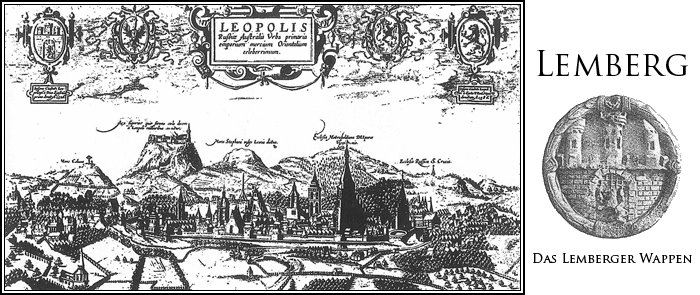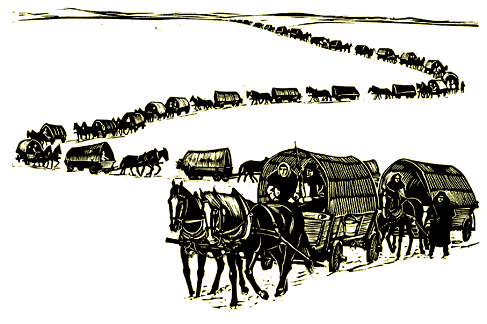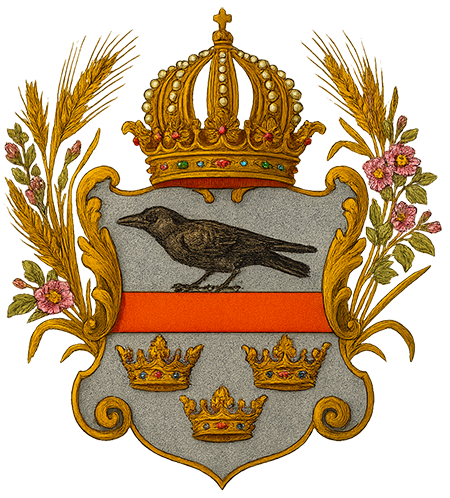Timeline of History
Historical development of Ukraine and/or Galicia |
|
| 10th century | Due to the development of trade routes from Scandinavia to Byzantium via the middle Dnieper, the term “Kievan Rus” emerged among the Normans in Eastern Europe. |
| 1259 | First mention of the castle and city of Lviv (later Lemberg), founded by Danylo. |
| 1340 | First capture of Lviv and final conquest of Galicia in 1349/52 by Polish King Casimir III. Granting of Magdeburg town rights. |
| 1287-1594 | During this time, Lviv repelled 12 Mongol, Tatar, and Wallachian attacks. |
| 1548-1572 | During the reign of Polish King Sigismund II Augustus, Poland experienced its greatest expansion, reaching as far as Kyiv and Moscow. |
| 1569 | The “Union of Lublin” united the Grand Duchy of Lithuania with the Kingdom of Poland. |
| 1654 | Division of Ukrainian territory between Poland and the Russian Empire in the so-called “March Articles”. Brief autonomy for Ukraine under Russian sovereignty. |
| 1683-1699 | Great Turkish War. In 1683, Vienna was liberated from the Turks, and under Polish King Sobieski’s command, Lviv was also freed from Turkish rule. In 1699, the Saxon King of Poland, Augustus II, ended the war with the Treaty of Karlowitz. |
| 1704 | Swedish invasion of Eastern Galicia. King Charles XII conquered Lviv. In 1709, Peter I defeated the Swedes (Great Northern War). |
| 1721 | End of the Great Northern War. Russia becomes a European great power. |

How did Galicia come under Austrian rule? |
|
| 1772 | First Partition of Poland. As a result, Galicia was incorporated into the Austrian monarchy. Austria claimed this territory based on earlier possession of Galicia through Hungary and because Maria Theresa was Queen of Hungary. |
| 1775 | Bukovina was ceded by Turkey to Austria and administratively attached to Galicia. |
| 1793 | Second Partition of Poland, in which Austria did not participate. |
| 1795 | Third Partition of Poland. Poland disappeared from the map (until 1918). |

How did Galicia come to be settled by German colonists? |
|||||||
| 1774 | To ensure governability of the newly acquired territory, Maria Theresa issued a settlement edict for Galicia, which permitted settlement only in a few cities and only for “professionals.” (The official and school language was German.) | ||||||
| 1781 | Settlement edict by Joseph II., allowing settlement by Protestant farmers in the spirit of religious tolerance. | ||||||
| 1782-1785 | The “Josephine Colonization” took place in approx. 165 villages across Galicia, with around 15,000 immigrants, mostly from the Palatinate region. | ||||||
| 1802-1805 | “Franciscan Colonization” involved 629 immigrant families and approx. 5,000 individuals. | ||||||
| 1811-1848 | Bohemian and Egerland colonization with approx. 400 families in 22 core villages in eastern Galicia, mostly on the periphery. | ||||||
| 1848 | Complete liberation of the peasants from dependence on the landowners. | ||||||
| 1848 | Bukovina is separated from Galicia and becomes its own crown land under Austrian rule. | ||||||
| 1868 | The Habsburg Monarchy grants Galicia political self-administration. | ||||||
The period between World War I and World War II |
|||||||
| 1914 | World War I Lviv (Lemberg) is occupied by Russian troops and later recaptured by German and Austrian troops. |
||||||
| 1918 | At the end of WWI, Ukrainian troops take over Lviv. After intense fighting, the city falls under Polish control. | ||||||
| 1919 | At the Paris Peace Conference, Poland is granted the right to administer Eastern Galicia up to the former Austro-Hungarian–Russian border. | ||||||
| 1921 | Treaty of Riga, establishing the Polish–Soviet state border. | ||||||
| 1939 |
|
||||||
| 1940 | Resettlement of most Germans into the Warthegau (a region annexed by Nazi Germany). | ||||||
| 1945 | Flight to the West after the Soviet Army crossed the Vistula River. | ||||||

